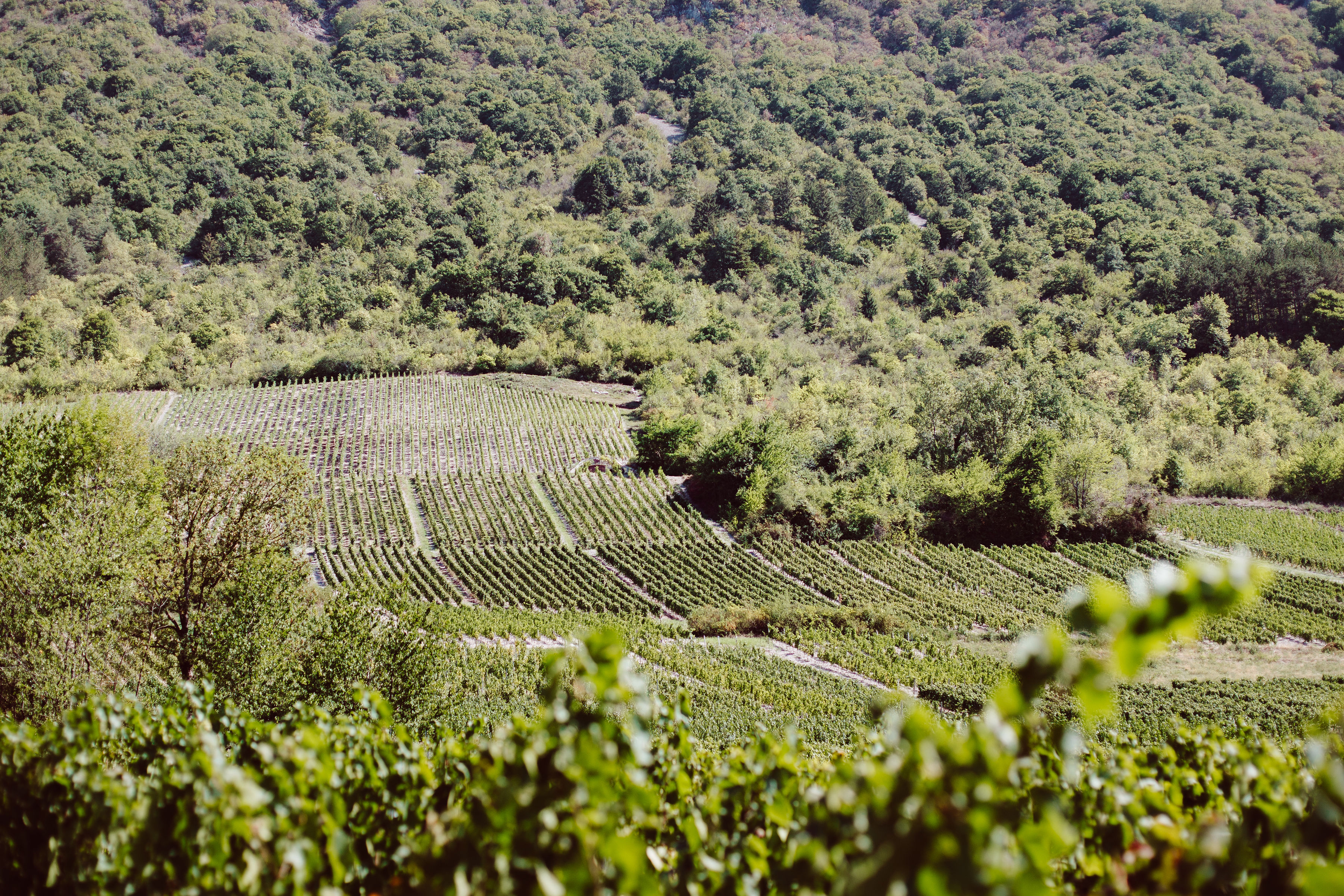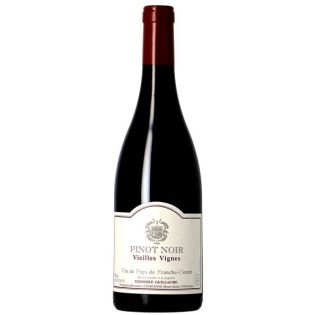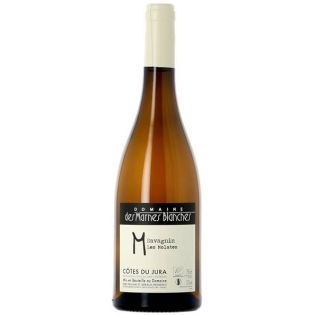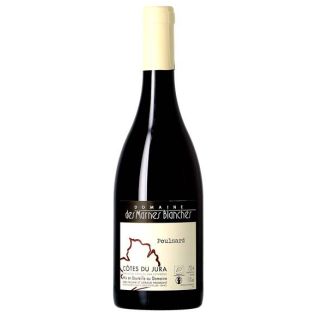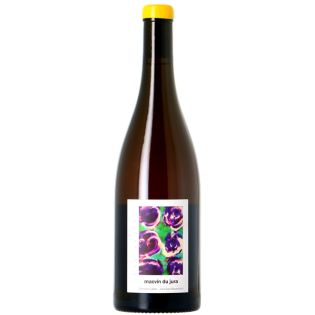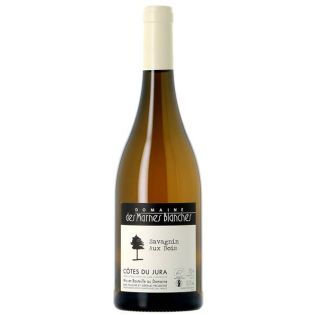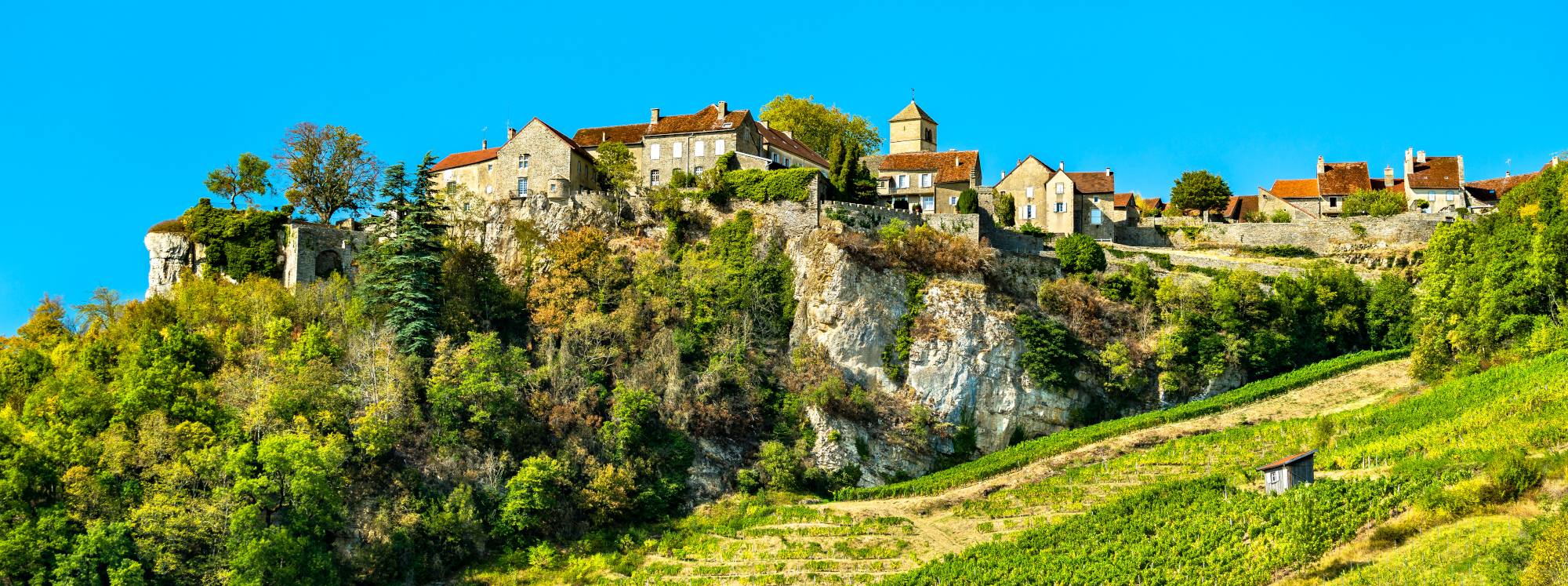
Jura
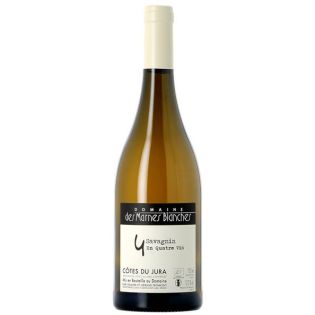
The Jura, a vineyard with a strong personality
With some 2,000 hectares of vines, it is one of the smallest vineyards in France. In Franche-Comté, between the Bresse plain and the first plateau of the mountainous massif, the Jura vineyard certainly has a small production level, but it has such a personality that it cannot go unnoticed. Moreover, the wines of the Jura have long remained unknown, even misunderstood; they are currently experiencing a period of full renaissance. Discover the emblematic wines of this region as well as its inimitable specialities, such as vin jaune and vin de paille.
General presentation
The Jura vineyards extend over the Revermont, a thin strip about 5 km wide that runs along the first cliffs of the Jura. It is 70 km long and lies between the communes of Salins-les-Bains and the Ain. The vines are cultivated both on the plain and on the first slopes of the Jura massif. These different terroirs and climates give rise to a variety of wines, often with a strong personality:
- Red wines: single variety or a blend of poulsard, trousseau and pinot noir grapes
- Rosé wines: most often based on poulsard
- White wines: chardonnay or a blend of chardonnay and savagnin
- Crémants: chardonnay, poulsard and pinot noir
The different grape varieties
In the Jura, white wines dominate. The most common grape variety is chardonnay. However, it is the Savagnin that gives the Jura wines their identity. This grape variety produces powerful and original whites, whose nutty aromas are renowned for being a perfect match for the local cheese, Comté. Savagnin is also used to produce the famous yellow wine.
For the reds and rosés, the trousseau, poulsard and pinot noir grapes are used. The poulsard, which is called ploussard in Pupillin, is in the majority and allows the production of aromatic and fine wines. The trousseau offers rich and full-bodied wines. These two grape varieties are mainly grown in the Arbois-Pupillin region, in the heart of the vineyard. Pinot Noir is mainly used in blends.
The appellations
The vast majority of the Jura's wine-growing area is AOC. In the Jura, there are 7 appellations.
The geographical appellations
Four main geographical appellations are defined:
- Arbois: this is the densest appellation in the vineyard; it was also the first French AOC to be created, in 1936. The wines of Arbois and Arbois-Pupillin are produced in 12 communes from the 5 local grape varieties: trousseau and ploussard for the red wines, which dominate local production, but also savagnin, pinot noir and chardonnay.
- Château-Chalon: the home of yellow wine. The 60 hectares of savagnin in the appellation are used exclusively to produce this very special wine.
- L'Etoile: this appellation area is located not far from Lons-le-Saunier. Chardonnay dominates and allows the production of dry white wines. Savagnin and Poulsard are also cultivated in this region where we also find vin de paille and vin jaune.
- Côtes du Jura: this is the most extensive appellation in the vineyard. It goes from the border with the Ain in the south to Salins-les-Bains in the north, passing through Beaufort, Sellières, Poligny, etc. It therefore allows you to get to know all the Jura grape varieties, although the whites and crémants dominate. The Trousseau-Ploussard blends produce Côtes du Jura Tradition.
The Jura vineyards also have a PGI: Côteaux-de-l'Ain du Revermont.
The "product" designations
Three AOCs are attributed to Jura products:
- Crémant du Jura: a sparkling wine produced throughout most of the region.
- Macvin: this is a blend of Jura marc and unfermented must. This liqueur wine is available in red or white, depending on the grape varieties used.
- Marc du Jura: this is the latest Jura PDO.
Local specialities
It is impossible to talk about the Jura vineyards without mentioning two typical specialities of the region.
Yellow wine, the "Gold of the Jura
It can be recognised first of all by its bottle, called "clavelin", which holds 62 cl. Yellow wine is made from Savagnin grapes and expresses all its aromas. It is its long and singular maturing method that makes it an exceptional product. After fermentation, it is kept under veil and without topping up, in oak barrels, for 6 years and 3 months. After this long ageing period, as no external intervention has taken place, only the 62 cl sold in clavelin remain from the original litre, the rest being the object of what is called "the angels' share".
The straw wine
This sweet wine is made from dried grapes (Savagnin, Chardonnay or Poulsard) and concentrated in sugar. These bunches are usually harvested at the beginning of the harvest so that they are free of any rot. They are then put to dry on straw, hence the name of the wine. They may also be placed on racks or hung on wires. It is usually between Christmas and February that the grapes can finally be pressed, when their sugar content is optimal. The yield is very low, which is why straw wine is sold in 37.5 cl bottles.
Appellations
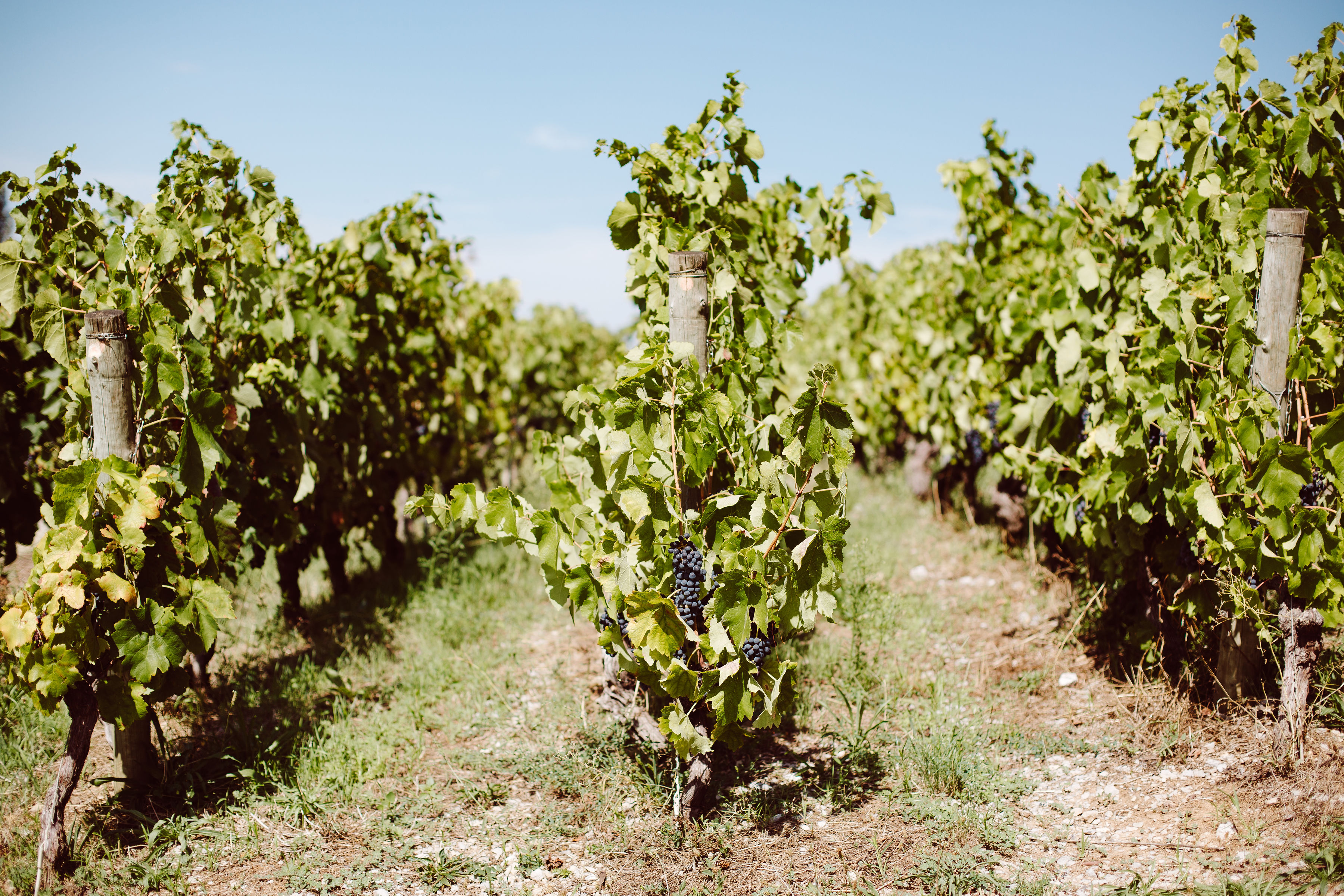
Macvin du Jura PDO
PGI of Franche Comté
Arbois PDO
Etoile PDO
Arbois Pupillin AOP
Crémant-de-Savoie PDO
Château-Chalon PDO
Côtes-du-Jura PDO
Crémant-du-Jura PDO
Le vignoble
